During the Kamakura period, (1185-1333) the Japanese began using raw woods as incense, and to present these woods in casual settings as well as in formal entertainment and religious ceremony.
In Hong Kong, Kyara is often divided into four types: Yellow, Black, Green, and Iron. However, this is not a scientific grouping. Kyara, according to the Japanese expert Professor Yoneda, is a different scientific group than other Jinko, with a different chemical responsible for the aroma. Although most aloeswood is today called Jinko, it really only refers to aloeswood that sinks in water, and is not Kyara. Aloeswood that does not sink in water is more properly classified as Senkou or Oujuku-koh. Senkou is believed to come from the trunk and Oujuku-koh from the root part of the Daphne species which produces agarwood resin under certain conditions.
In addition, agarwood or aloeswoods from Indonesia and that from Indochina are also different scientific groups with different aromatic chemicals. Indonesian varieties contain Jinkohol and Jinkohol ii where Indochinese contains Dihydrokaronone.
From the early incense contests mentioned in "The Tale of the Genji", we go to the naming of the six varieties, or aromas of Aloes wood, the Rikkoku. This occured sometime later, perhaps even as late as the Edo period, and may have been devised by the Kodo genius Yonekawa Johaku. But this is not for certain according to Japanese expert, Professor Jinpo. Rikkoku literally means "Six Countries."
The classifications are:
Kyara
Kyara is thought to be from Vietnam (Annam) and is sometimes called Kinam Koh, or Kannam.
According to Kyozaburo Nakata of Baieido Ltd., the name Kinam comes from the local language of the Champas of South Vietnam who were early traders of Kyara. The name derives from the combination of the Sanskrit word for black "Kala" and the Chinese word for tree "Bak." Together they formed Kalambak and later the name was changed to Kinam.
The Rikkoku description of Kyara:
"A gentle and dignified smell with a touch of bitterness. The fragrance is like an aristocrat in its elegance and gracefulness."
Manaban
This is a tricky one. Nanban means Southern Barbarian and seems to be a reference to a general area of Southeast asia around the 15th century. It also has references to Western traders around that time, such as the Portugese. It's reference is probably more to a particular type of aloeswood than a geographic distinction. Manaban can not be located today, and new Rikkoku sets apply Jinko with similar characteristics, so it is not known at this time in which region it originated.
The Rikkoku description of Manaban:
"Mostly sweet, the presence of sticky oil on a mica plate is often present after smoldering Manaban. The smell is coarse and unrefined, just like that of a peasant."
Sasora
Like Manaban, the origination of Sasora is not certain, and in modern Rikkoku, jinko with a similar aromatic property is used. Some say it was originally from the Assam region of India.
The Rikkoku description of Sasora:
"Cool and sour. Good-quality sasora is mistaken for kyara, especially at the beginning. It reminds one of a monk. Sometimes very light and disappearing."
Rakoku
Rakoku is from Laos or Thailand, several books mention Rakoku is from Siam. (old name of Thailand)
The Rikkoku description of Rakoku:
"A sharp and pungent smell similar to sandalwood. Its smell is generally bitter, and reminds one of a warrior."
Sumontara
Sumontara refers to the Sumatra Island in Indonesia.
The Rikkoku description of Sumontara:
"Sour at the beginning and end. Sometimes mistaken for Kyara, but with something distasteful and ill bred about it, like a peasant disguised as a noble."
Managa
Managa refers to the Port of Mallaca in Malaysia.
The Rikkoku description of Managa:
"Smells light an enticing, changing like the mood of a woman with bitter feelings. The fragrance is of good quality if it disappears quickly. None of the five qualities are easily detectable."
Incense continues to be a major part of the Japanese culture. Kodo has seen some restoration, and nearly all temples in homes in Japan participate in either casual enjoyment, or its use in religious ceremony.
We should mention the ancient incenses still preserved in various Japanese temples, and of the famous fragments of Ranjatai. The paper on Ranjatai mentions three parts were cut. One by the Shogun Ashikaga Yoshimasa, one by the Daimyo Oda Nobunaga, and one by the Meiji Emperor.
It is common even today for incense masters to give a name to piece of Aloes wood, and it is a great honor to be the recipient of a gift of fine Aloes wood or Kyara whether it is from a piece carrying such a title or not. It is truly a gift from the heart!
Related articles
Show moreShare this article
3 comments
What nice idea
Thank you for visiting our website.
I consider, that you commit an error. Let's discuss it.
I'm glad you visited our website. I'm curious about your thoughts.
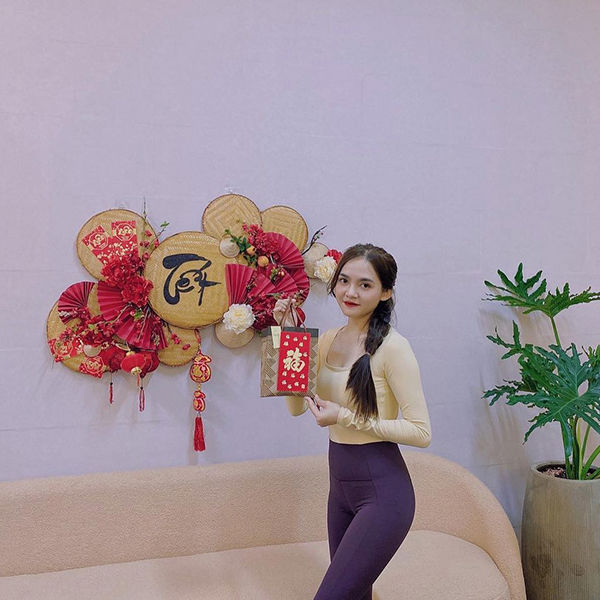
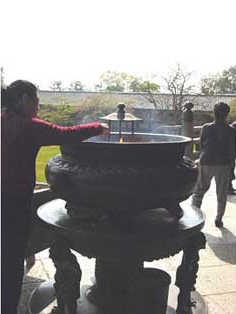
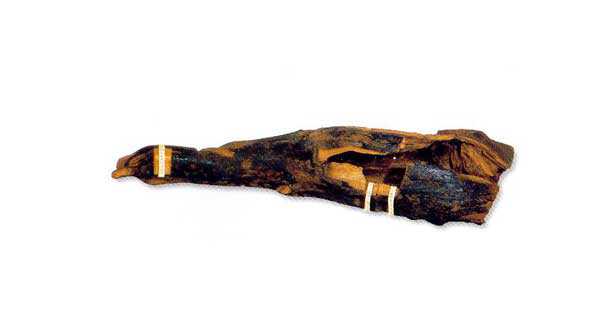
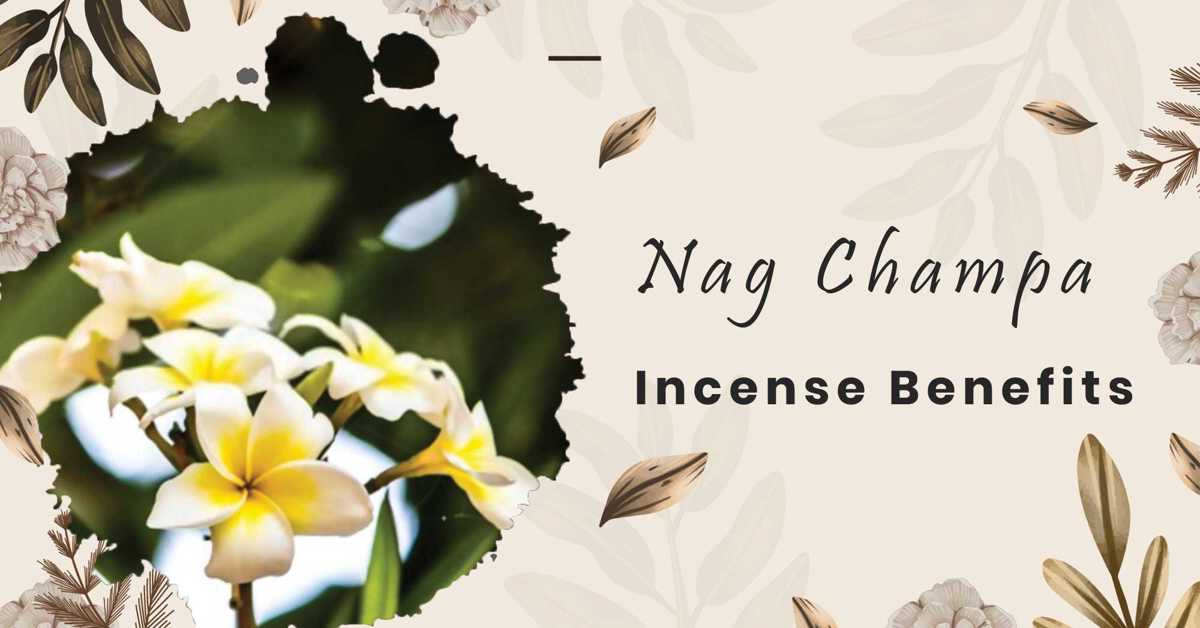
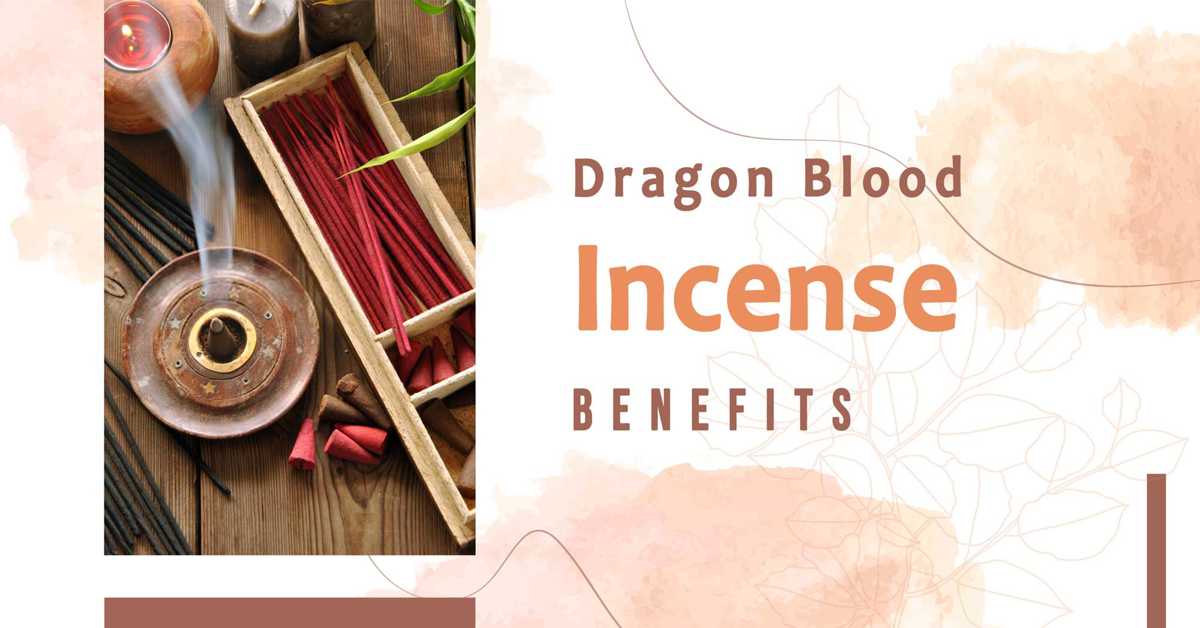

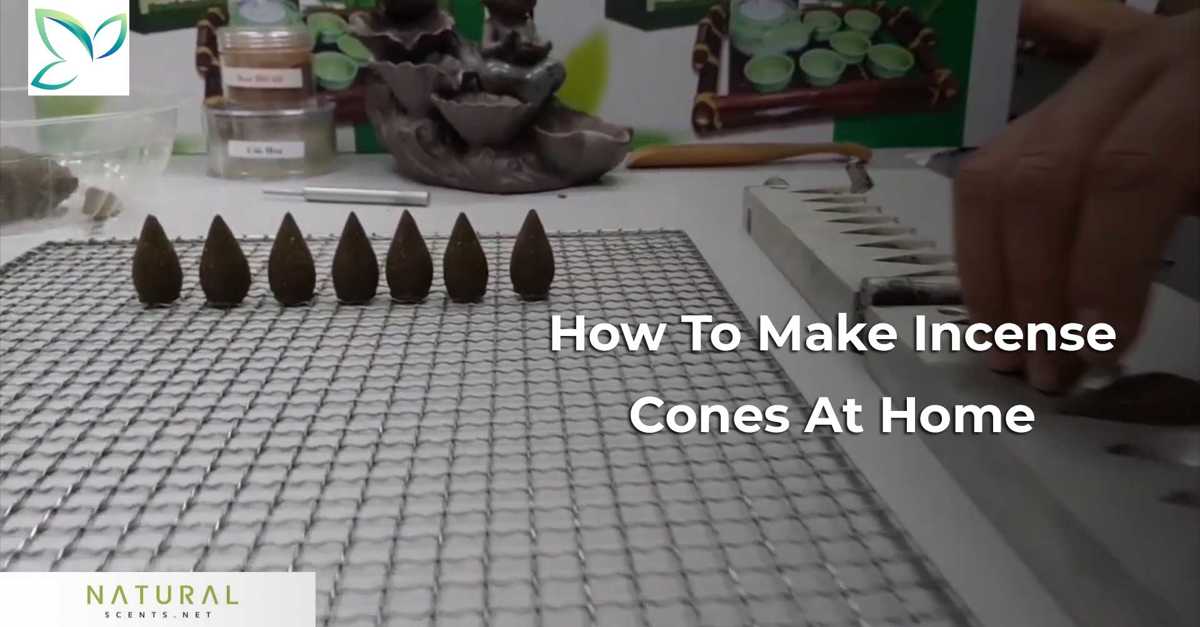
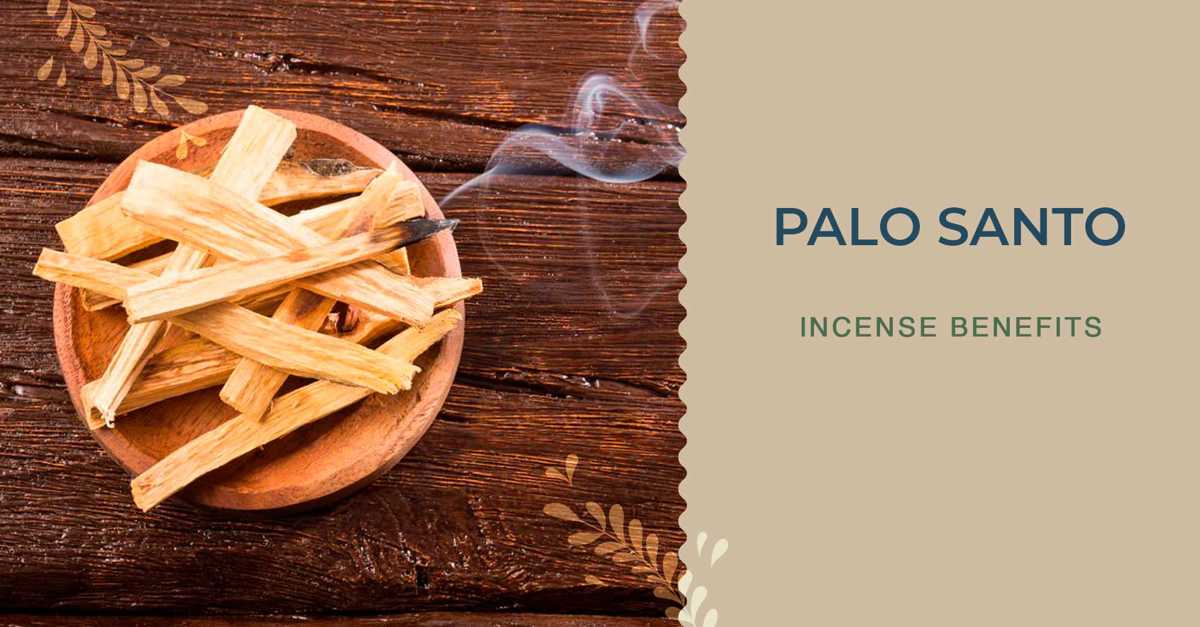

I join. And I have faced it. We can communicate on this theme. Here or in PM.